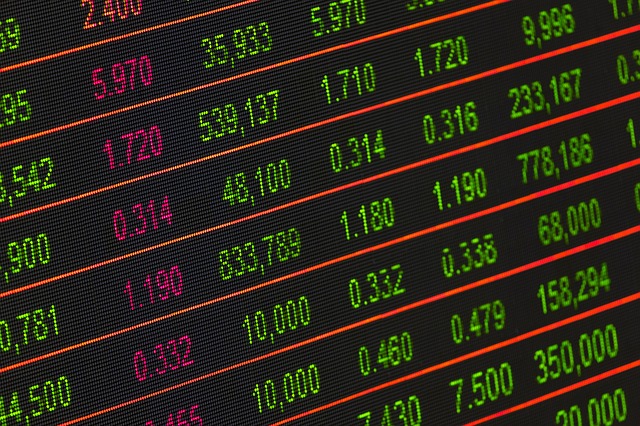We Have to Start Somewhere
Posted on May 27, 2020

Before we take the next unsteady step into a very different future, let’s make sure it’s a step up the ladder and not a step off the plank.
How? We can start with disciplined decision making: Use proven facts, lean on practical experience, and focus like a laser on what is safe and smart.
That latter part is especially important because if you farm or ranch, spring is a season loaded with risk. There’s market risk, financial risk, physical risk, and weather risk just to name a few. The last thing you and your family needs now is avoidable Covid-19 risk.
And, sure, state and local officials will debate plans and dates to “reopen” your state or community. The more important plan, however, is the one you and your family have for yourselves and your business because no one can ensure your safety better than you.
All that said, Covid-19 continues to sicken tens of thousands of Americans while also cracking global commodity and equity markets.
No one, for example, ever dreamed that crude oil futures could fall to zero, then to minus-$37 before struggling back to $10 per barrel.
Likewise, on Jan. 1 no one could have predicted that in 120 days corn prices would be down 25 percent, soybeans off 15 percent, cattle smacked for 30 percent and the hog market simply blown apart.
Disaster is too small a word to describe this calamity.
Also too small is the federal government’s recently announced disaster assistance program. Even though the U.S. Department of Agriculture’s (USDA) initial package totals $16 billion in direct assistance to farmers and ranchers—equal to 2019’s tariff mitigation program, in fact—the money won’t cover today’s estimated $20-billion, virus-fueled drop in 2020 net farm income.
That estimate, announced in mid-April by the University of Missouri’s Food and Agricultural Policy Research Institute, was calculated before several Midwestern hog and cattle slaughtering plants began a series of rolling shutdowns to clean their facilities and clean up their acts.
More incredible, the current USDA bailout plan excludes ethanol, an economic mainstay of many rural communities and a one-time favorite, now mongrel of the White House. As of April 20, according to the Renewable Fuels Association, 73 of the nation’s 200 ethanol plants are “idled” and 71 others are running at “reduced rates.”
That shattering collapse—still ongoing, by the way—is hitting the corn market, its principle feedstock, like a wrecking ball. On April 21, just four days after USDA’s bailout announcement, the National Corn Growers Association released a study that indicated U.S. corn growers had lost $50 per acre in 2020 revenue since Covid-19 hit the U.S. on March 1.
The means U.S. corn growers alone have seen an almost $5 billion drop in gross income in less than two months.
Worse, the just-announced USDA bailout includes only $3.9 billion in market assistance for all row crops, not just corn, even though corn could take every penny on its own and still not cover its recent losses.
So, yes, expect another round of bailout money. And think big, really big. Think the-sky-is-the-limit big.
So, farmers and ranchers need billions more in bailout funds as agriculture continues to stumble, rural and urban Americans need millions more Covid-19 tests before any level of safety can be assured, and everyone everywhere needs a more reliable, more resilient, more safe food system.
And all needs to be done now. How?
By starting now. More on that soon.
© 2020 ag comm

Saw your article in the Mason City Globe Gazette for May 31. Is there a list of independent packers in our area (North Central Iowa.)